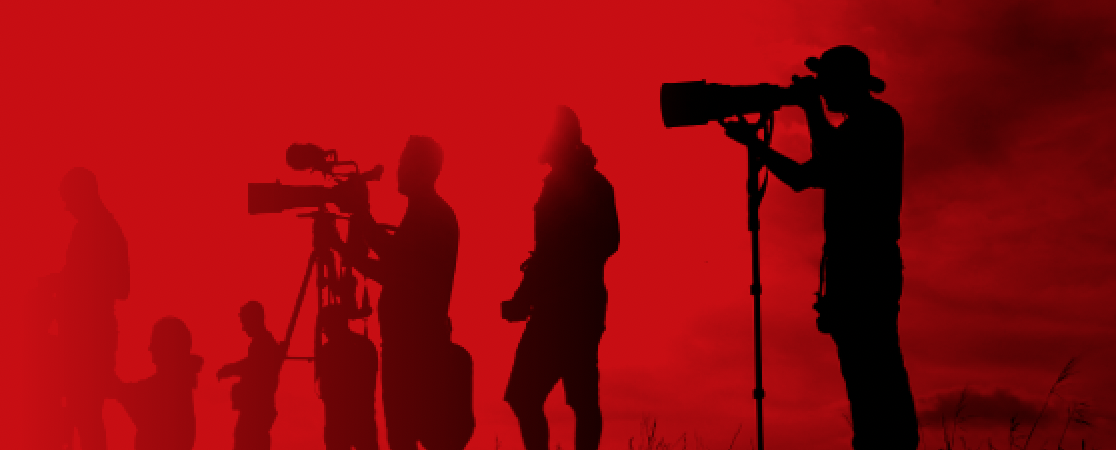
The International News Safety Institute (INSI) is pleased to extend its reach in Sweden by welcoming TV4 as our newest member. Based in Stockholm, TV4 is a Swedish television network that started broadcasting in 1990 and has fast become one of the largest television channels in the country.
Read more
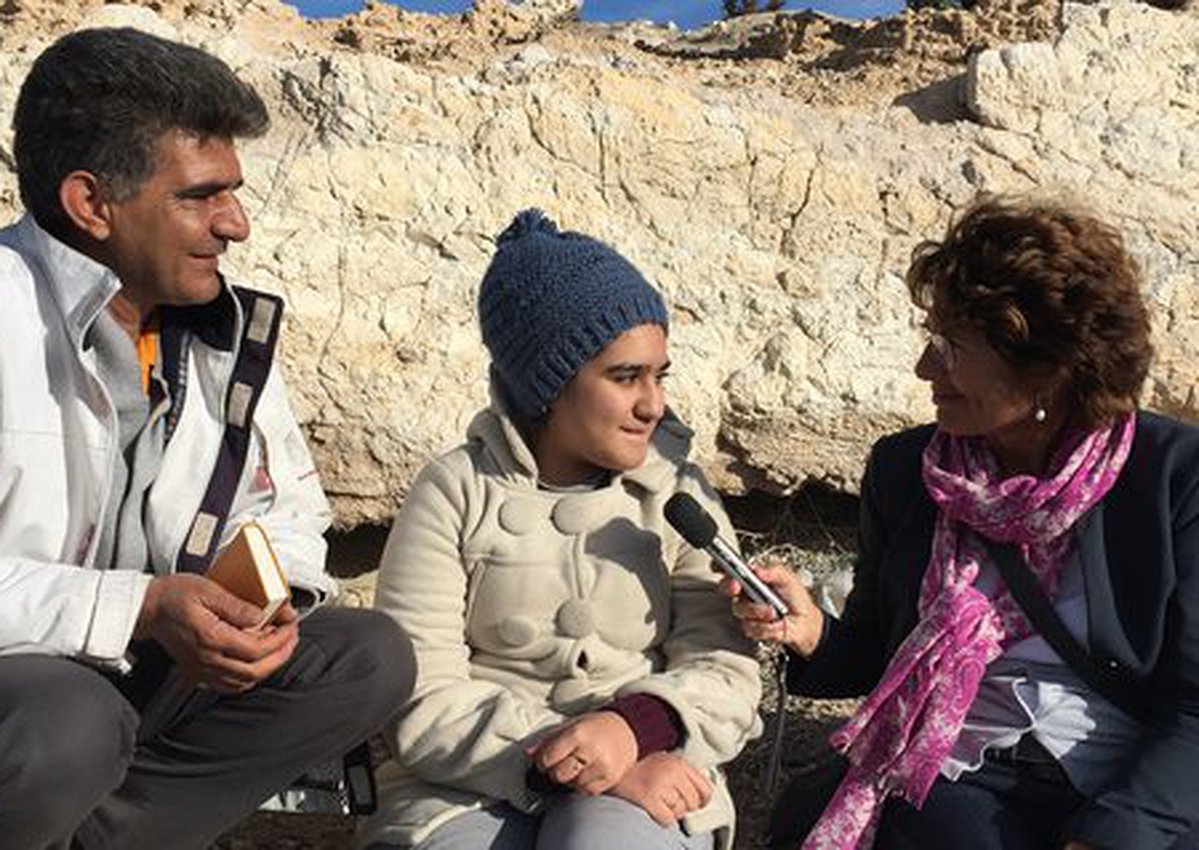
Alice Petrén, migration correspondent for Swedish Radio, explains how meeting one refugee family from Afghanistan affected her in particular.
Read more

The International News Safety Institute (INSI) is delighted to announce that the Swedish media group Bonnier News has become our newest member.
Read more
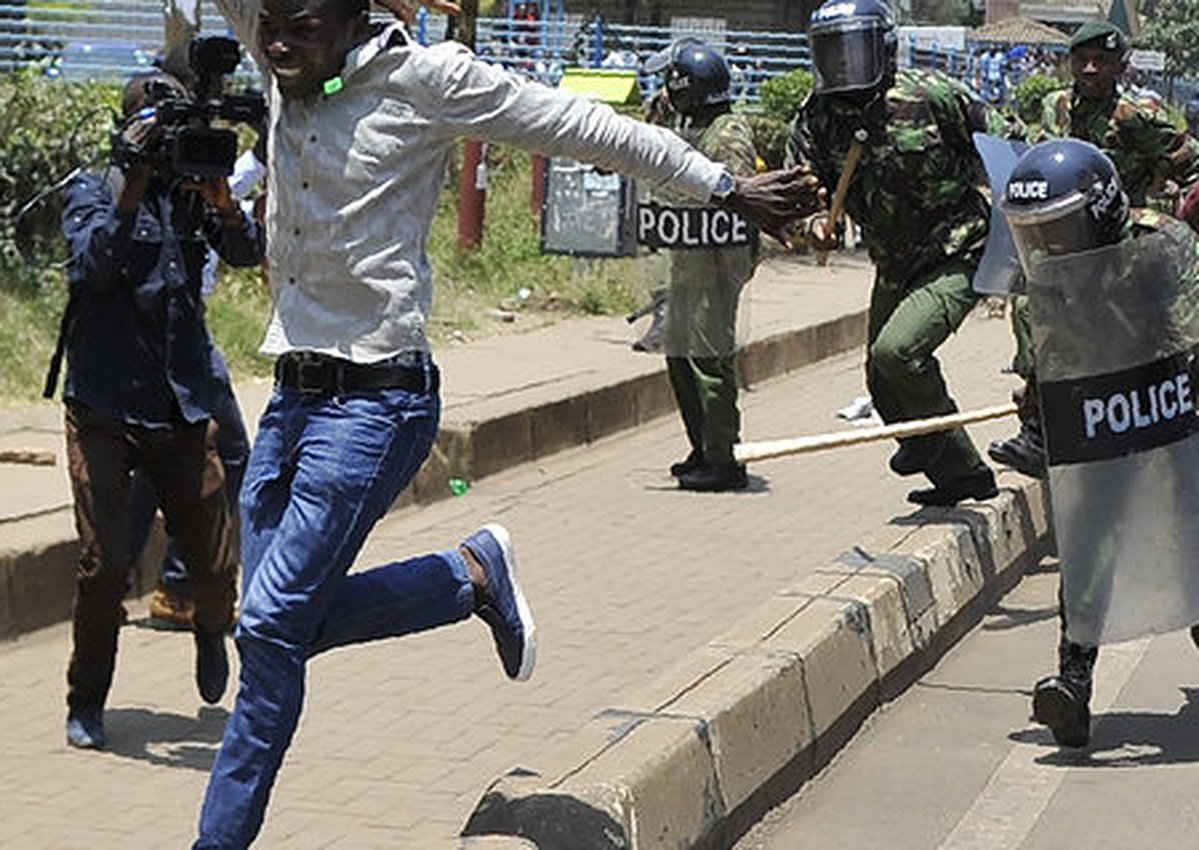
INSI members tuned into a webinar hosted by our board member Salim Amin on covering the re-run of the disputed Kenyan presidential elections.
Read more

The 14th Annual General Meeting of the International News Safety Institute (INSI) will take place this year in Amsterdam on 14 November.
Read more
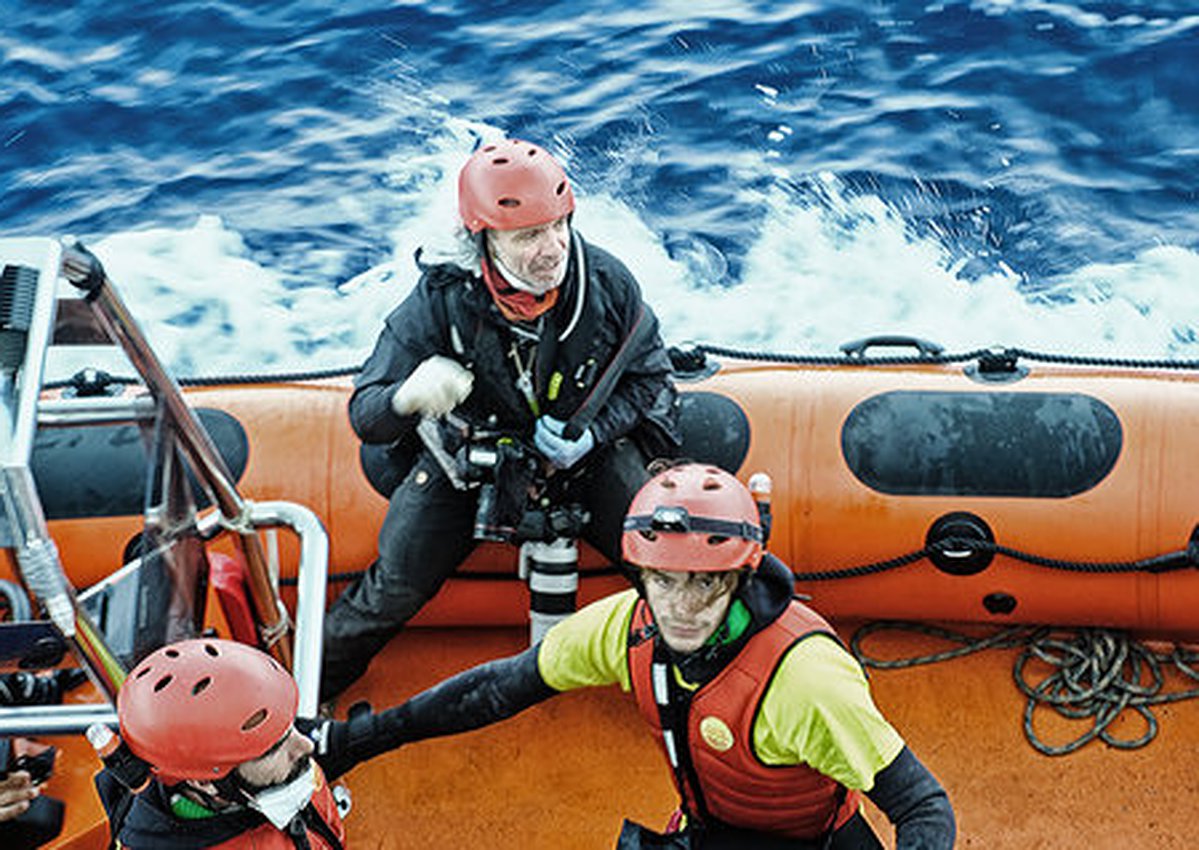
Yannis Behrakis has been a Reuters photographer for more than 30 years, during which he has covered conflict and crises around the world. However, during the recent refugee crisis he turned his camera on his home country of Greece where, as chief photographer in Athens, he began covering the story in April 2015.
Read more
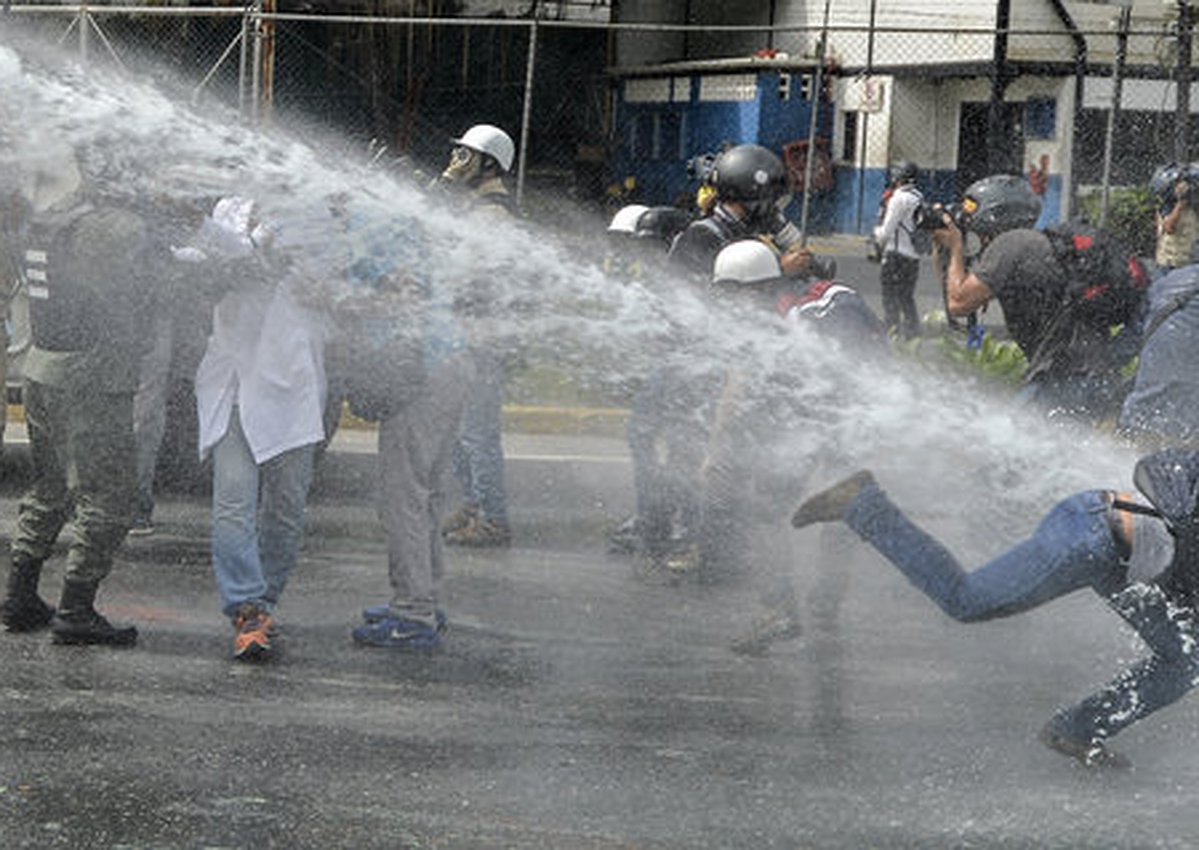
Not too long ago, the only journalists working in conflict areas who might be afforded protection were those working for wealthy, predominantly Western news organizations.
Read more
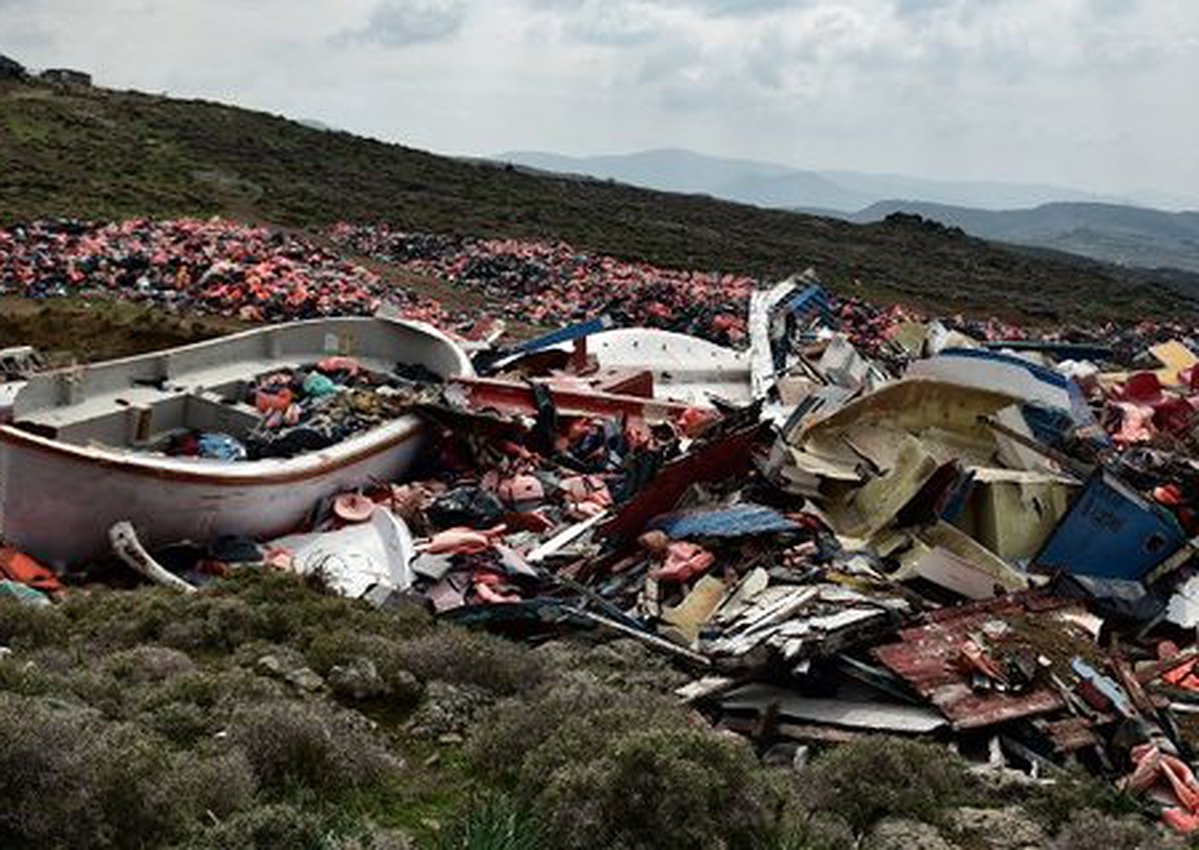
It’s been more than two years since Will Vassilopoulos first travelled to Lesbos to cover the refugee crisis as a video journalist for Agence France-Presse.
Read more
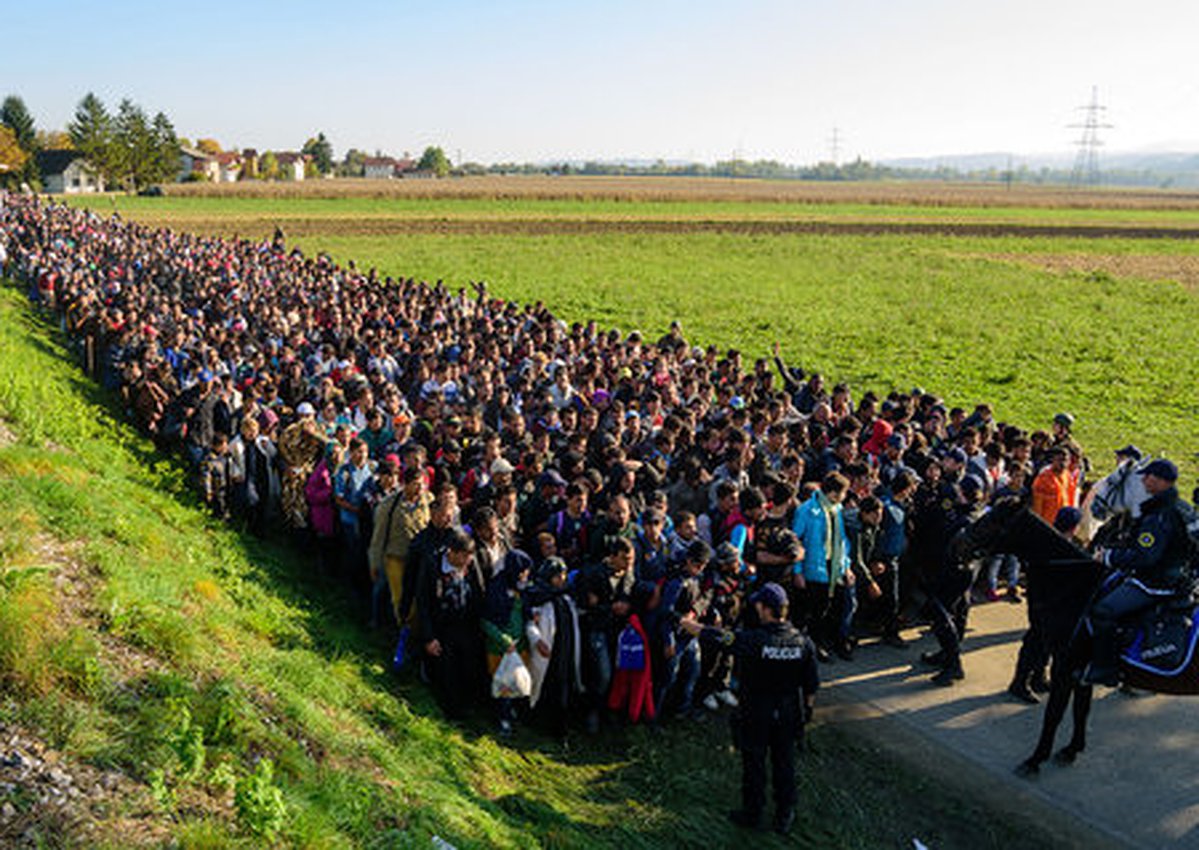
Patrick Kingsley initially found “real psychological respite” when he moved from being the Guardian’s Egypt Correspondent to being its first Migration Correspondent. He believed he could make a difference with his work which encompassed all aspects of migration from the personal stories to the political.
Read more

The International News Safety Institute (INSI) is happy to announce that the German broadcaster Westdeutscher Rundfunk (WDR) has become its latest member.
Read more
